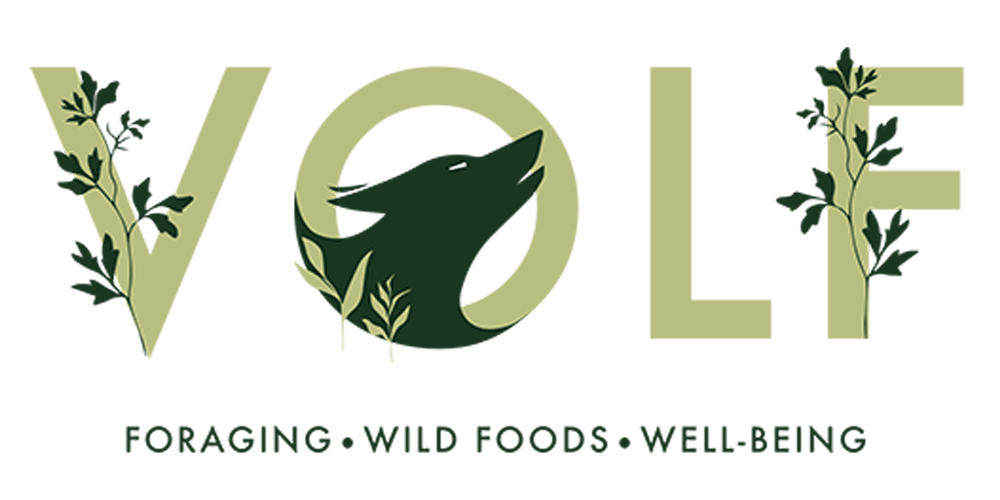European Blueberry
How To ID Me And What I’m Good For?
My ID Features:
Berries
Leaf
Berries & Leaf
Forget clean hands!
Flowers
Blaeberry
Other Common Names - European Blueberry, Bilberry, Blaeberry, Wimberry, Whortleberry, Blue Whortleberry.
Latin Name - Vaccinium myrtillus
Season - Summer
Edible Bits - Berries
Habitat - Heathland, moors, forests.
Possible Confusion - Hard to confuse with other species. Particularly when the fruits are out. They are very distinctively blueberry-esque. As you can see by the pictures. It could however be confused with other members of the blueberry family.
Description - A low level shrub which produces the most amazing wild blueberries. Their flavour is massively different to shop bought varieties. Being slightly more acidic and sweet. Many a forager remarks at their difficulty to forage for in any great quantity. But, this is mostly because they’re so delicious and they don’t last the walk back home!
Physical Characteristics - Blaeberry is a hairless creeping plant growing up to to 60 cm tall, with several erect stems. Their twigs are three angled and green. The leaves are oval, bright green, toothed and flat. Their flowers are pale green, tinged with pink and lantern shaped, growing to around 4 to 6 mm, usually solitary. The berries are very consistent with what we would expect of blueberries, but, much smaller than their shop bought cousins.
Medicinal Qualities - Historically promoted for improving vision, it has been reported to lower blood glucose, to have anti-inflammatory and lipid-lowering effects, and to promote antioxidant defence and lower oxidative stress. Bilberry is of potential value in the treatment or prevention of conditions associated with inflammation, dyslipidemia, hyperglycemia or increased oxidative stress, cardiovascular disease (CVD), cancer, diabetes, and dementia and other age-related diseases.
Harvesting Sustainability - Blaeberry is an important food source for many native species. So it’s important not to over pick any particular areas.
Never munch on a hunch! Volf takes no responsibility for anything consumed.









